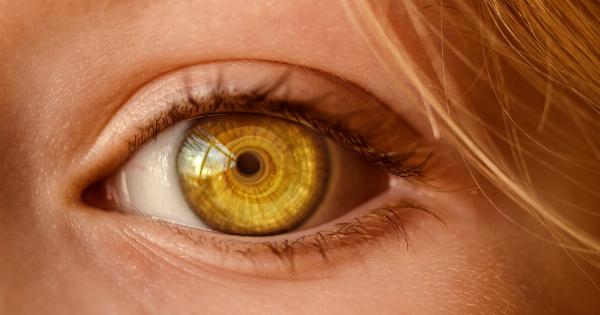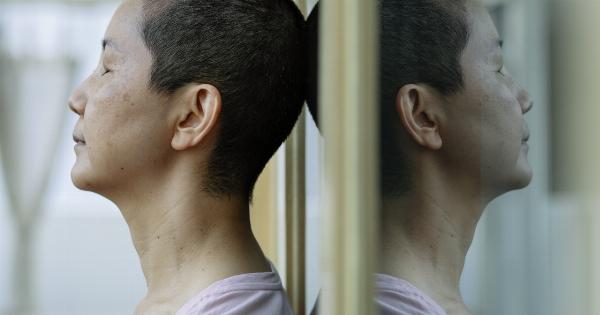Back pain is a common problem that affects millions of people worldwide. While some cases of back pain can be easily explained by injury or overexertion, there are many hidden causes that may contribute to chronic or recurring back pain.
Understanding these hidden causes can help individuals better manage and prevent back pain. In this article, we will explore 10 hidden causes of back pain and discuss possible treatments and preventive measures.
1. Poor Posture
One of the primary hidden causes of back pain is poor posture. Sitting or standing in a slouched position for prolonged periods can strain the muscles and ligaments in the back.
To avoid this, it is important to maintain proper posture while sitting, standing, and walking. Using ergonomic furniture and ensuring your workspace is ergonomically set up can also help in improving posture.
2. Muscle Imbalances
Muscle imbalances occur when certain muscle groups become stronger or tighter than others. This imbalance places additional stress on the back muscles, leading to pain.
Regular stretching and strengthening exercises can help correct these imbalances and alleviate back pain.
3. Sedentary Lifestyle
A sedentary lifestyle, characterized by prolonged periods of sitting or inactivity, can weaken the muscles supporting the back. Lack of physical activity can lead to muscle atrophy, making the back more susceptible to pain and injury.
Incorporating regular exercise and movement in daily routines can help strengthen the back muscles and reduce the risk of developing back pain.
4. Stress and Emotional Factors
High levels of stress and emotional factors can contribute to back pain. Stress can cause muscle tension and increase the perception of pain. Additionally, emotional factors like anxiety and depression can also exacerbate back pain.
Incorporating stress management techniques such as meditation, yoga, or seeking professional help can aid in alleviating back pain caused by emotional factors.
5. Lack of Sleep
Not getting enough sleep or having poor sleeping habits can affect overall health, including the back. During sleep, the body repairs and rejuvenates itself. Lack of sleep can lead to muscle fatigue and inadequate tissue repair, contributing to back pain.
Maintaining a consistent sleep schedule, ensuring a comfortable sleep environment, and adopting good sleep hygiene practices can help improve sleep quality and reduce back pain.
6. Nutritional Deficiencies
Nutritional deficiencies can weaken the bones and muscles, increasing the risk of back pain. Lack of calcium, vitamin D, and magnesium can impair bone strength and density, while insufficient protein intake can hinder muscle repair and growth.
Eating a balanced diet rich in essential nutrients and considering supplements if necessary can support back health and reduce the likelihood of experiencing back pain.
7. Foot Problems
Issues with foot mechanics, such as flat feet or high arches, can lead to postural imbalances and strain the back. When the feet are not properly aligned, it can affect the body’s overall alignment, causing back pain.
Wearing appropriate footwear and using orthotic inserts can help correct foot problems and alleviate back pain related to foot mechanics.
8. Inflammatory Foods
Consuming a diet high in inflammatory foods like processed meats, refined sugars, and trans fats can increase inflammation throughout the body, including the back. Inflammation can lead to pain and tissue damage.
Avoiding or reducing the consumption of these foods and opting for an anti-inflammatory diet rich in fruits, vegetables, whole grains, and healthy fats can help reduce back pain.
9. Psychological Factors
Psychological factors, such as fear-avoidance beliefs and catastrophizing, can amplify the perception of pain and hinder recovery from back pain. These factors can lead to avoidance of physical activities and increased fear of movement.
Cognitive-behavioral therapy and psychological interventions can help individuals cope with these factors, enabling them to manage and overcome back pain.
10. Unresolved Previous Injuries
Previous injuries, even if seemingly healed, can have long-term effects on the back. Scar tissue, altered movement patterns, and residual weakness can contribute to chronic back pain.
Seeking appropriate medical care, including physical therapy or chiropractic treatment, can address unresolved injuries and prevent them from causing ongoing back pain.































